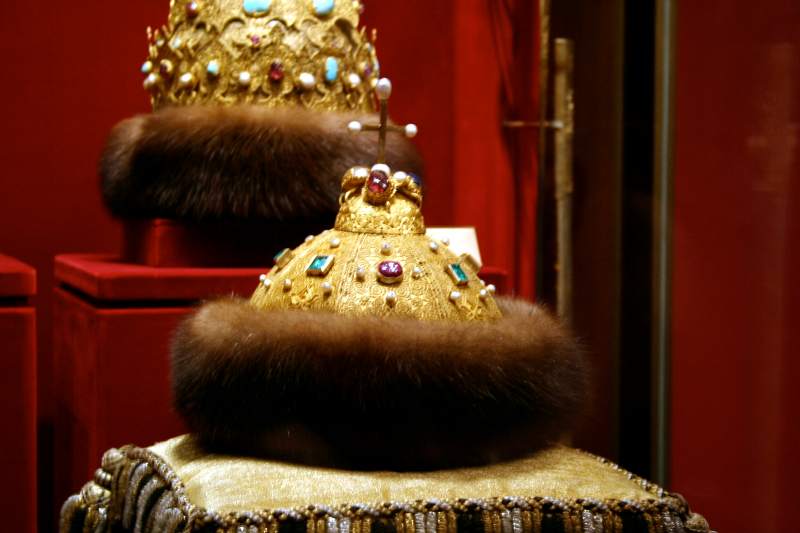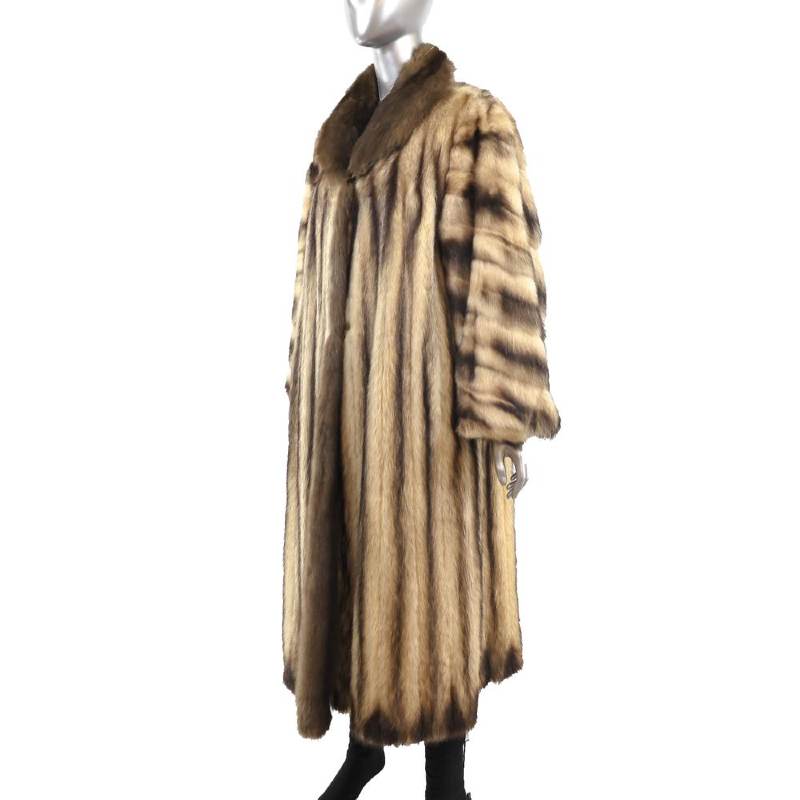Sable 1800s
Sable, the black gold of the Tsar’s court
Sable is a particular fur of which was the Nassau, the tribute that the Siberian populations paid to the Tsar and which ended up in his personal treasury, the Court of the Treasury.
The sable: a mammal with particular characteristics
The Russian sable (Martes zibellina) has characteristics of brightness, thickness, silkiness of the hair, and colors that vary from dark to golden: a myriad of shades from brown to light beige to almost white. First and unsurpassed is the Barguzinsky, which takes its name from the region of origin (Barguzin), near Lake Baikal.
Sable furs at the Russian court
was trimmed with sable chapka and was made of gold filigree on a background studded with precious stones. But that’s not all: the material decorated the sumptuous coat, also adorned with gems, which the tsar wore in solemn ceremonies. To describe its magnificence, all sorts of adjectives or laudatory expressions have been used.

The black gold of the Siberian forest
Long before oil, it was universally considered the “black gold” of the forest. Despite its presence in other lands (Asia, North America, Europe), its history is the history of Siberia itself: in those endless lands, it played the same role that the nugget had in the gold fever that broke out in the narrowest Canadian areas bordering Alaska.
Indiscriminate Hunting
It was hunted so indiscriminately that, by the beginning of the 20th century, it had disappeared from large parts of the Russian Empire and first the Tsarist, then the Soviet government had to take protective measures.
A timeless fur
The material remains as precious today as yesterday, when it was part of the Grand Treasury of the Tsars or when it was its skins, not money, that the Russian nobles took with them, leaving their country for the pleasures of the Côte d’Azur.

Read also:
Fendi, a spring/summer 2021 that tastes like the rebirth
Prada goodbye to furs, the fur-free turning point
Frankie B

